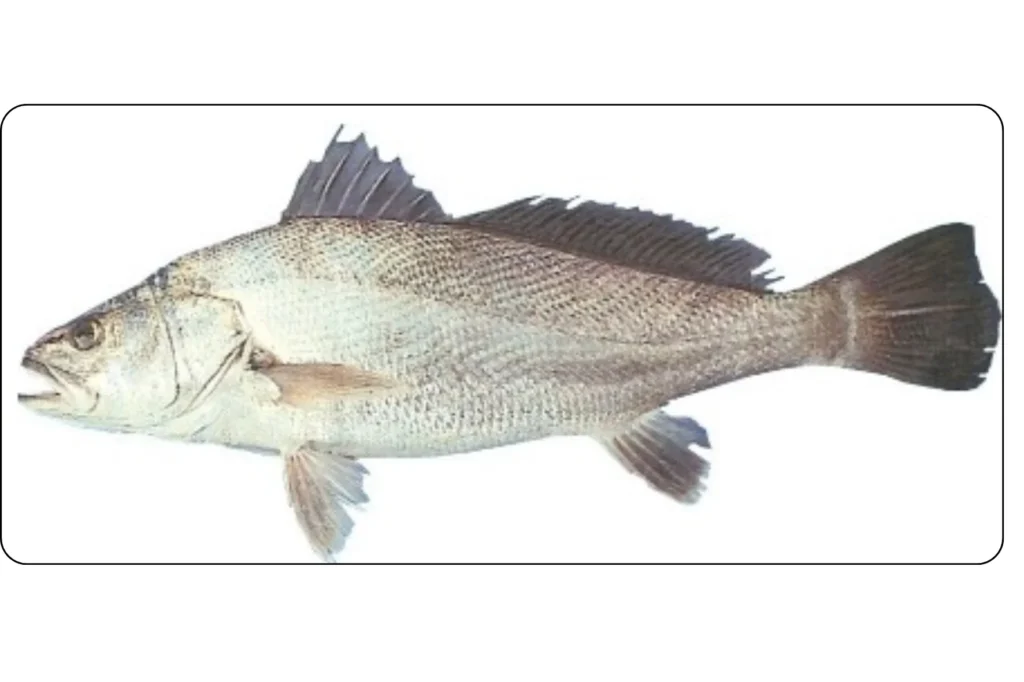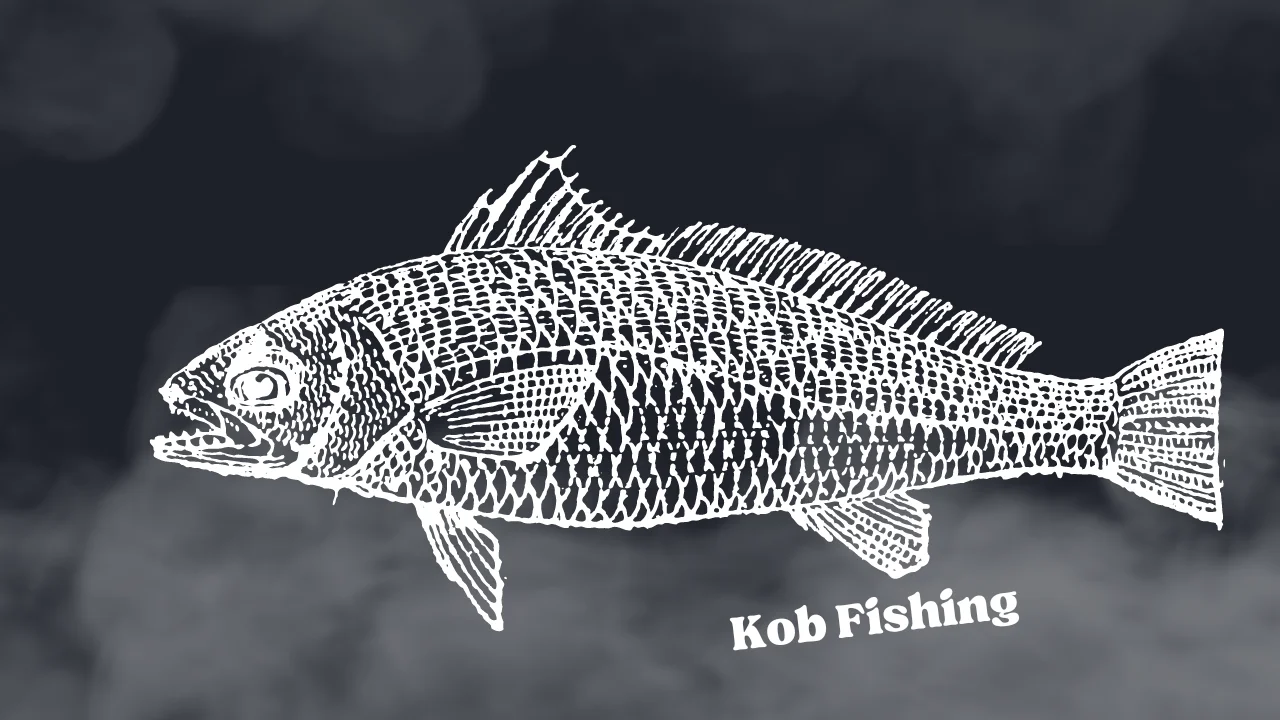Kob fishing is a unique and rewarding activity that attracts many anglers. The thrill of hunting this elusive species and the satisfaction derived from a successful catch are hard to match. An in-depth guide to Kob Fishing, aimed at both novice and experienced anglers alike.
Introduction to Kob Fishing
Kob, also known as drum or croaker, is a saltwater species renowned for its fighting prowess and delicious taste. Found mainly in coastal waters, estuaries, and lagoons, these fish are a favorite among many anglers. Their large size and strength make them a challenging and rewarding catch.
The Basics of Kob Fishing
Kob fishing requires a good understanding of the species’ habits and habitats. These fish prefer areas with rough waters, such as surf zones, rocky shores, and estuaries. They are most active during dusk and dawn, making these the best times to fish.
Gear and Tackle
Your fishing gear should be robust enough to handle the strength of a kob. A sturdy rod, typically between 8-12 feet, and a reel with a high line capacity are recommended. Braided line is preferred due to its strength and sensitivity.
Bait and Lures
Kob are predatory fish and are attracted to a variety of baits. Live mullet is a popular choice, as are squid and pilchard. When it comes to lures, paddle tail soft plastics and stickbaits are effective.
Advanced Techniques for Kob Fishing
Reading the Water
Good kob fishing spots are characterized by deep, turbulent waters. Use binoculars to scout the area and locate potential hotspots.
Bohar Snapper Fishing | Fish Species
Bonefish Grills | Delicious Dining
Young juveniles live close to shore, while mature fish live in soft sandy areas outside the surf zone. Sometimes these fish enter coastal estuaries and upper marine waters. Estuaries near rocky shores are particularly good places to fish.
Casting and Retrieving Techniques
Effective casting and retrieving techniques can significantly increase your chances of catching a kob. The key is to cast beyond the breaking waves and retrieve the bait or lure in a way that mimics the natural movement of the kob’s prey.
You can catch this fish using a spinner or a lure. Many anglers prefer to use heavy-duty tackle because they are better suited for targeting rocky areas and large cobs. This fish feeds on live or freshly dead prey such as squid, shrimp, sea worms and cut fish. Bait and flies also work well.
Fighting and Landing a Kob
Once you’ve hooked a kob, the real battle begins. Maintain a steady pressure and use the rod’s power to fight the fish. When the fish is close to shore, use the waves to help bring it in. Always handle the fish with care to ensure its survival upon release.
Kob Fishing Ethics and Conservation
Kob populations have been under pressure from overfishing. It’s essential to practice catch and release to ensure the sustainability of this species. Always handle the fish with wet hands to minimize damage to their protective slime layer.
Cob has a wonderful flavor, as do other closely related species such as American redfish. Unfortunately, this is one of the reasons why cob is so overfished. As a result, some governments have set size and bag limits on this species, so make sure you are familiar with local regulations before hunting.

Conclusion
Kob fishing is a thrilling activity that offers a unique challenge for anglers. With the right knowledge, equipment, and techniques, you can increase your chances of landing this prized fish. Always remember to respect the environment and practice sustainable fishing to ensure that future generations can also enjoy the thrill of kob fishing.


1 thought on “Kob fishing : The Ultimate Guide to Kob Fishing”